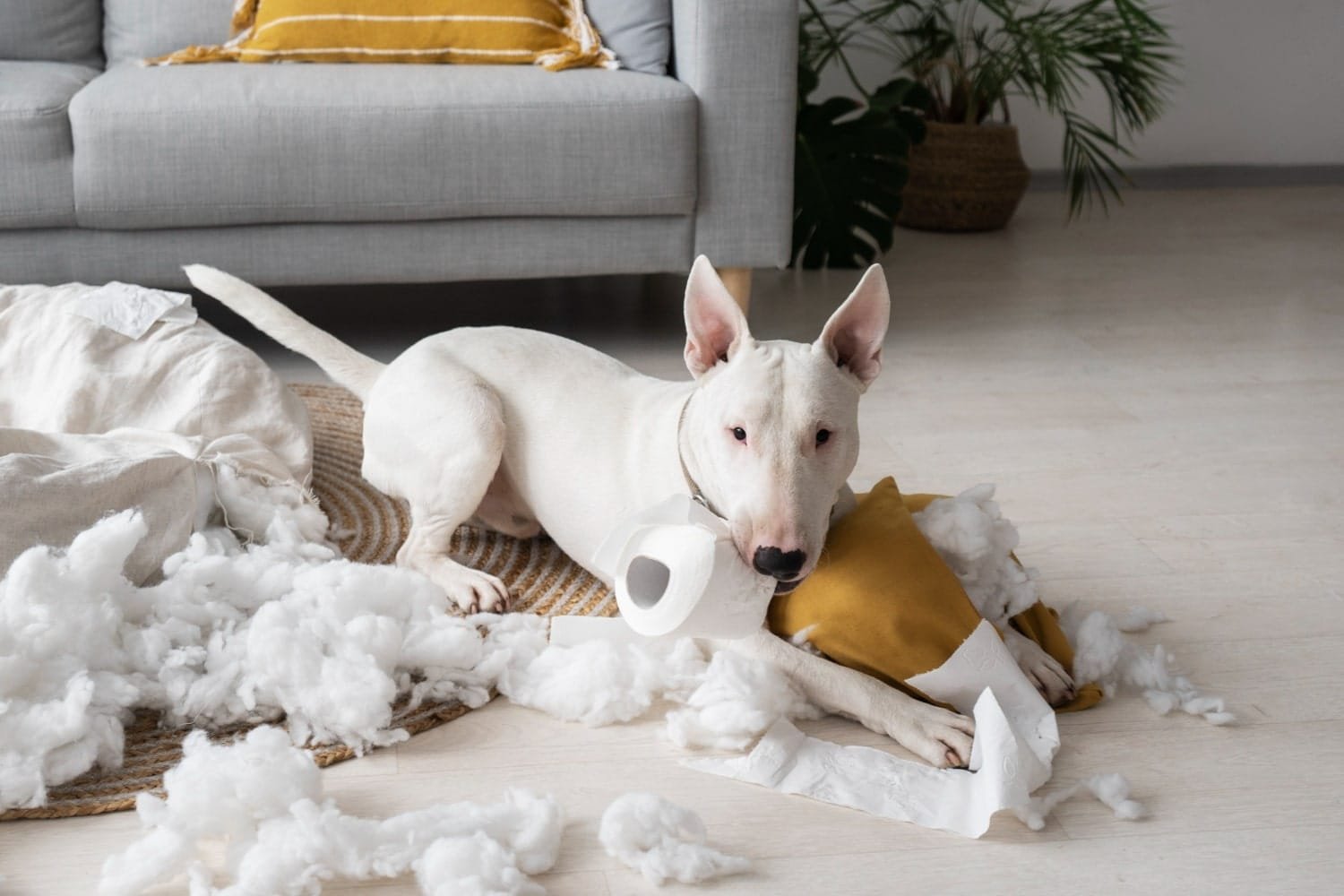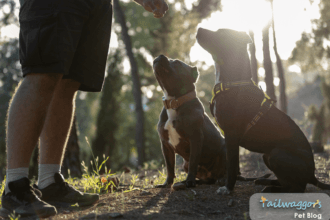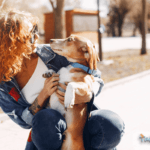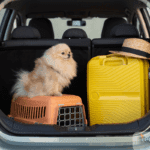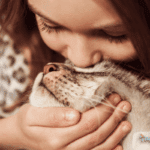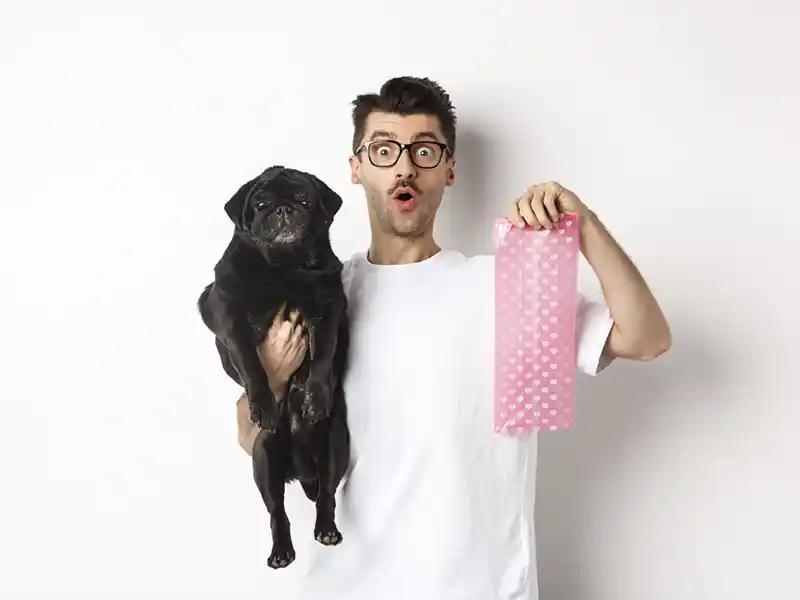If you often come home to find chaos and an overly enthusiastic dog, your furry friend might struggle with separation anxiety. Dogs express their emotions through their behaviour, and the message is clear:
I miss you and want to be with you!
From torn couch cushions and chewed-up shoes to unexpected messes and scratch marks on the front door, these are signs of your dog’s distress, not revenge. Your dog is not being mischievous; he is experiencing separation anxiety.
So, what exactly is separation anxiety, and how can you help your dog calm down when left alone?
Defining separation anxiety
Separation anxiety in dogs is a profound fear-stricken panic about being left alone. While some dogs can patiently await their owner’s return, others find it unbearable to be alone.
Your absence can feel like their worst nightmare, especially when your dog’s sense of identity, confidence, and security is tied to you. As soon as you leave the house, your dog may feel abandoned and lonely, unable to reassure himself that you’ll return soon.
Separation anxiety in dogs can escalate into a full-blown panic attack, becoming more severe and more challenging to control the longer it goes untreated. Understanding separation anxiety often begins by recognizing the common signs of stress and anxiety in pets.
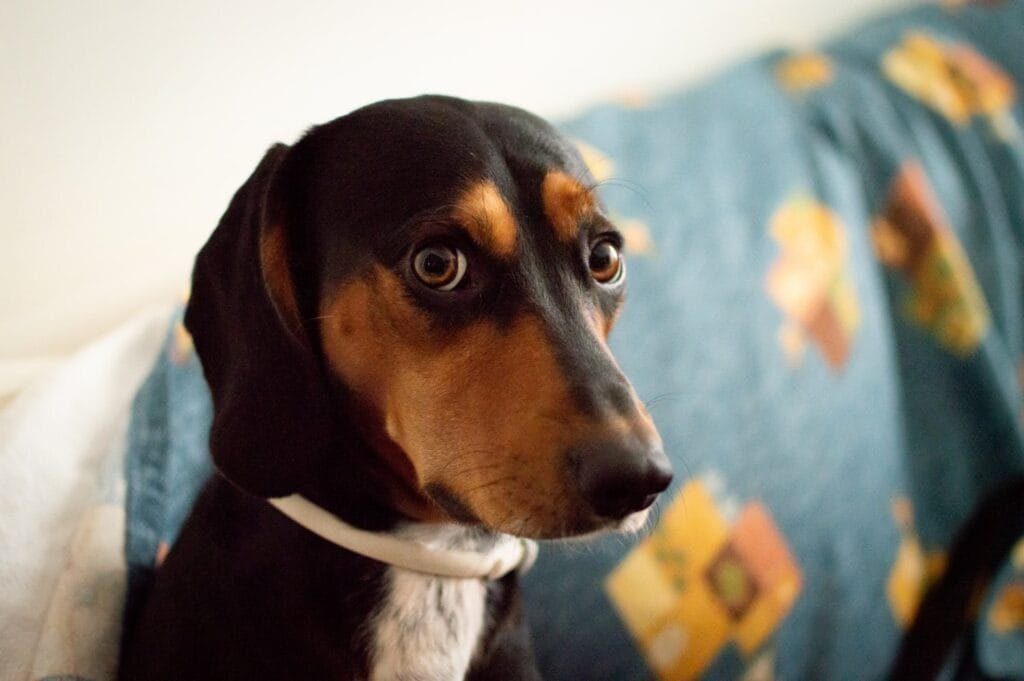
Let’s look at a few causes and triggers
Separation anxiety in dogs can stem from various underlying causes, such as puppies being weaned too early or not being correctly socialized.
Significant changes in their home environment, like a family member moving away, relocating to a new house, or changes in routine due to a new job, can also trigger anxiety.
Past traumas can resurface for adopted dogs, while experiences such as break-ins, fireworks, or storms may leave lasting impacts.
Some dogs may even have a genetic tendency towards anxiety.
This distress is rooted in their social needs as pack animals, for whom being alone in the wild could mean increased danger. Even in the safety of your home, a dog can feel isolated and vulnerable, driven by an instinctive need to find and be with you.
Dogs can be incredibly sensitive and pick up on subtle signals that suggest you’re about to leave. Whether you work from home or not, actions like shutting your laptop, putting on shoes, tucking your phone into your bag, reaching for your car keys, or even brushing your hair and applying makeup can tip them off. If your dog is worried about being left alone, he becomes extra alert to these signs, and his anxiety can grow as you continue your departure routine.
You might notice him becoming restless, drooling excessively due to fear, trembling, or following you from room to room, unable to let you out of his sight. The most significant trigger for separation anxiety is your departure — the instant you step out and close the door, leaving him alone, the panic begins.
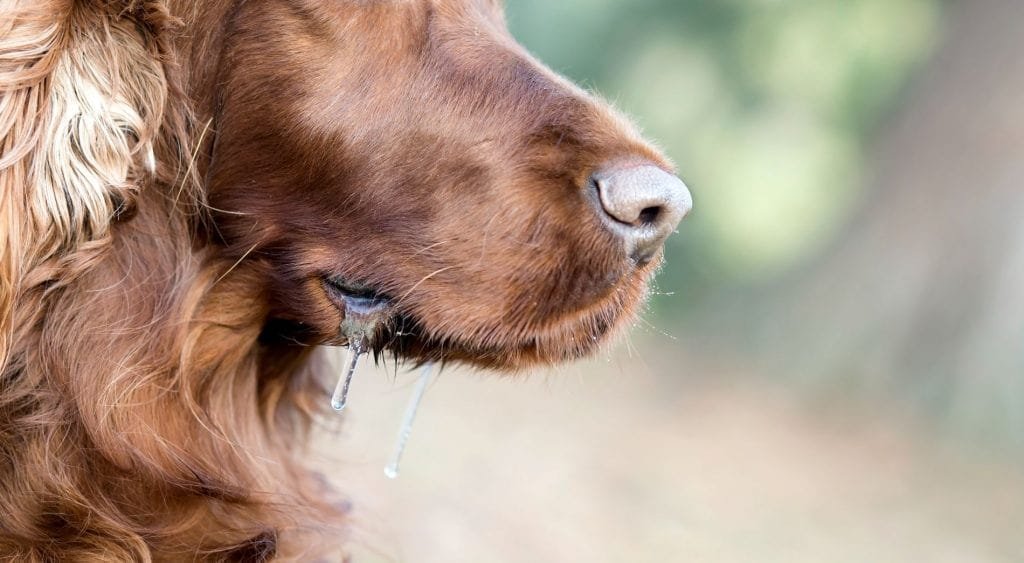
What signs will you see?
ISeparation anxiety in dogs can lead to three types of behaviours:
- Vocalization like barking, whining, and howling.
- Elimination refers to inappropriate indoor urination or defecation, and it may even include vomiting.
- Destructive behaviour encompasses chewing unsuitable items like couch cushions, dog beds, shoes and tearing curtains. It may also involve biting, clawing, and scratching doors and window frames, especially near exits, as your dog tries to reunite with you.
In some cases, these destructive actions can harm your dog. He might be so eager to escape and find you that he attempts risky actions like jumping through a window or chewing on hard surfaces, risking injury to his teeth and gums. Some dogs might also resort to excessive licking and biting themselves as a form of self-comfort, which could lead to sores and infections.
It’s easy to feel like your dog has wronged you when returning home to such chaos. However, understanding it from your dog’s perspective reveals a panic and desperation that defy logic. Addressing this underlying anxiety is crucial for managing these behaviours effectively. If you notice unusual symptoms like panting or pacing, be aware of these warning signs to take your dog to the vet.
Some symptoms can also indicate accidental ingestion of harmful substances. Learn more about how to identify toxic plants for dogs.
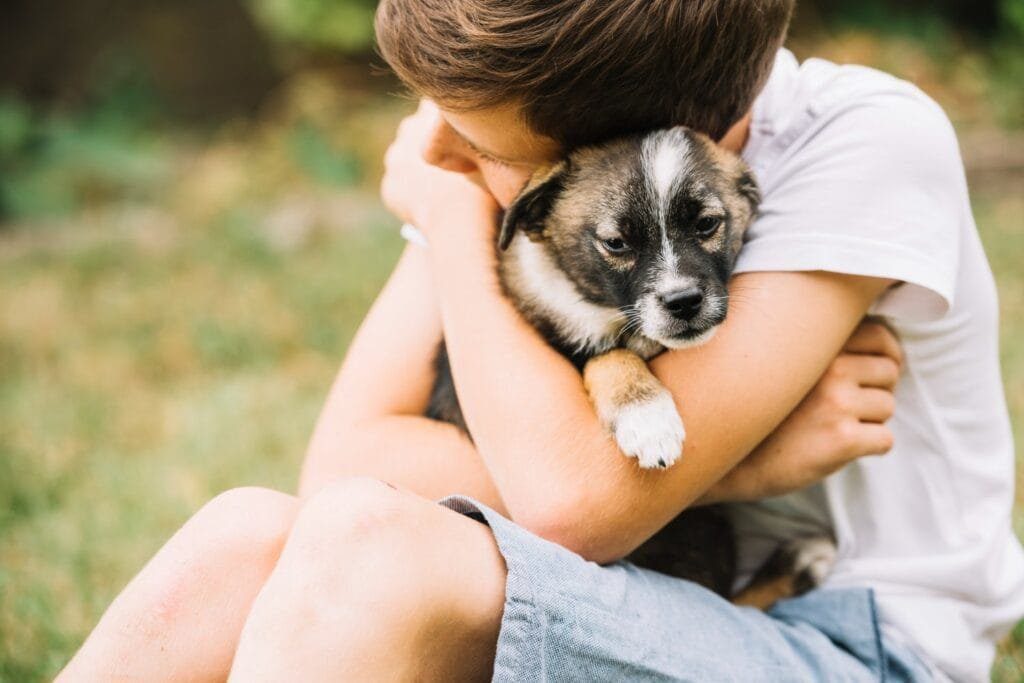
Let’s look at how to manage separation anxiety
Does ignoring my dog help?
Many dog owners dealing with separation anxiety return to find a mess of chewed-up cushions, destroyed shoes, and other chaos, feeling as though their dog has acted out intentionally.
However, dogs can’t think through situations like humans, especially when overwhelmed by panic. When you return, responding with anger or punishment only heightens their fear, making them anxious about your leaving and your return, exacerbating the problem.
Rather than reacting to the chaos, it’s beneficial to stay calm and avoid reinforcing negative attention-seeking behaviours with a big reaction.
Ignoring your dog at specific moments can be helpful during desensitization training to teach him there’s nothing to fear. However, this is just one aspect of a broader approach needed to lessen his anxiety and build his independence. Addressing separation anxiety requires patience and consistent effort.
So, how do I help my dog?
It is crucial to foster a sense of independence and confidence while you’re around, allowing him to thrive even when you’re not there. By reassuring him that you’ll always return and that he’s safe in your absence, you can gradually build his ability to cope independently.
What about training? Can that help?
Training a dog to overcome separation anxiety is a highly effective approach to managing this challenging issue. Although separation anxiety can be deeply rooted and distressing for your pet, helping him develop the skills to stay calm and confident in your absence is essential.
This process involves gradually teaching your dog to handle being alone, rewarding him only when he is calm and relaxed.
While the journey may not be straightforward and requires consistent application of these steps, adhering to them will gradually improve your dog’s confidence, ensuring he feels secure even when you’re not home.
1. Help your dog get used to your departures.
If your dog becomes overly attentive or anxious when you pick up your keys or put on your shoes, he’s likely anticipating your departure. Observe what actions trigger his anxiety. Start a training routine by putting on your shoes and picking up your keys, but instead of leaving, sit down on the couch. Your dog may look at you in confusion, but stay calm, don’t engage, and then carry on with your day. Repeat this at various times without actually leaving the house.
2. Strengthen the Sit-and-Stay Command
Encourage your dog to associate a specific spot in your home, like a bed or crate, as a place of calmness. Have him sit and stay there, rewarding him with treats when he remains calm. Gradually move further away, rewarding his calm behaviour. If he follows you, guide him back to his spot until he can comfortably stay put, even when you’re out of sight. This helps him learn that it’s okay if he can’t see you and that you will always return.
3. Step Outside Briefly
Once your dog is settled and relaxed, please give him a delicious treat and step outside for a few seconds, then return without making a fuss. By doing this frequently, you’re teaching him that your coming and going is a small event. Avoid making a big deal of your arrival to keep excitement levels low. Practice this repeatedly so your dog gets used to longer periods of being alone and stays calm even when you leave for longer durations.
4. Exercise Before Departures
Regular exercise is crucial for reducing problematic dog behaviours. Taking your dog for a brisk walk at the same time daily provides routine and helps burn off excess energy. This consistency builds his confidence and reassures him that nothing changes in your absence. Plus, shared playtime positively strengthens your bond.
5. Avoid Rewarding Attention-Seeking
Dogs often seek attention by jumping, pawing, or whining. Ignore these behaviours and only interact with your dog when he is calm. Make this a standard practice. Similarly, ignore him for about 30 minutes before leaving to avoid reinforcing any anxiety. When you return home, wait until he’s relaxed before greeting him calmly and gently.
6. Keep Your Dog Occupied with Treats
Prepare a treat-filled toy with tasty treats, like a Kong, and freeze it overnight. You can also use a snuffle mat with treats hidden inside. Offer these distractions as you leave quietly. By engaging his facial and jaw muscles in solving treat puzzles, you help reduce his anxiety. Remember to adjust his regular meals to account for these extra treats to maintain a healthy weight.
Incorporating positive reinforcement training for dogs can make desensitization more effective.
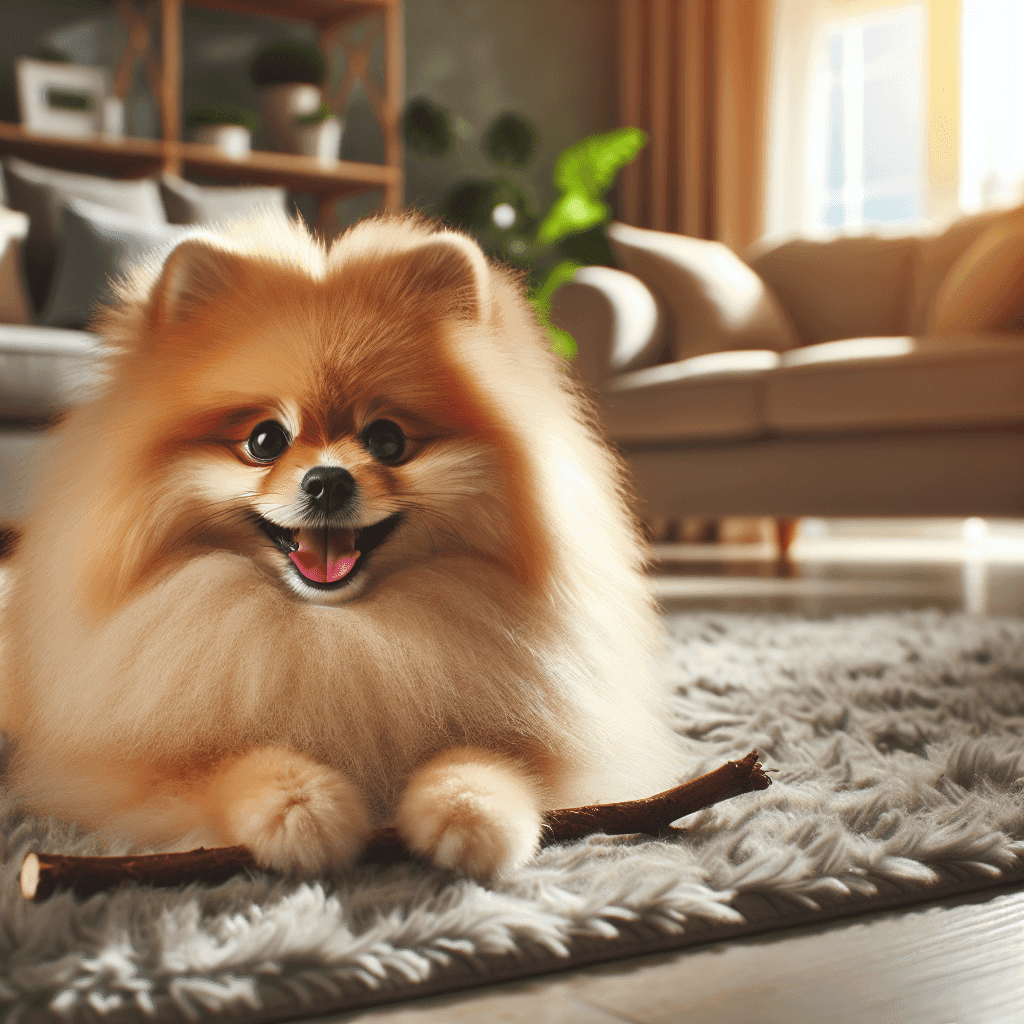
What do Veterinarians prescribe or recommend?
For dogs suffering from severe separation anxiety, some veterinarians might suggest mood-stabilizing medications or calming aids like diffusers or collars. If you’re worried about your dog’s anxiety levels, it’s a good idea to consult your veterinarian about possible medical treatments that can complement the behavioural training you’re implementing. It helps take the “edge off” and get them grounded, to be receptive to training.
Supplements like CBD oil for managing dog anxiety are gaining popularity among pet owners.
Incorporating essential dog training commands can significantly improve compliance and reduce stress. Also learn more about the 4 Warning Sign that your dog is depressed.
More Resources
Have a look at the following success stories, and how they all were able to be desensitised and retrained to manage their separation anxiety. There are many resources available to support you through this process.
🐾✨ Explore proven strategies, success stories, and expert advice in this essential guide.
❤️ Share with fellow pet parents and discover how to help your dog thrive ❤️🐶.


